HexMatrix 2.0 is a upgraded to previous HexMatrix Clock . In the previous version we have used WS2811 LEDs by that the HexMatrix became heavy and thick. But in this version of matrix we are going to use custom PCB with WS2812b LEDs which made this matrix to be 3 cm thin.
RGB HexMatrix | IOT Clock 2.0
PCB Version Of The Previous HexMatrix Clock.
 Mukesh Sankhla
Mukesh Sankhla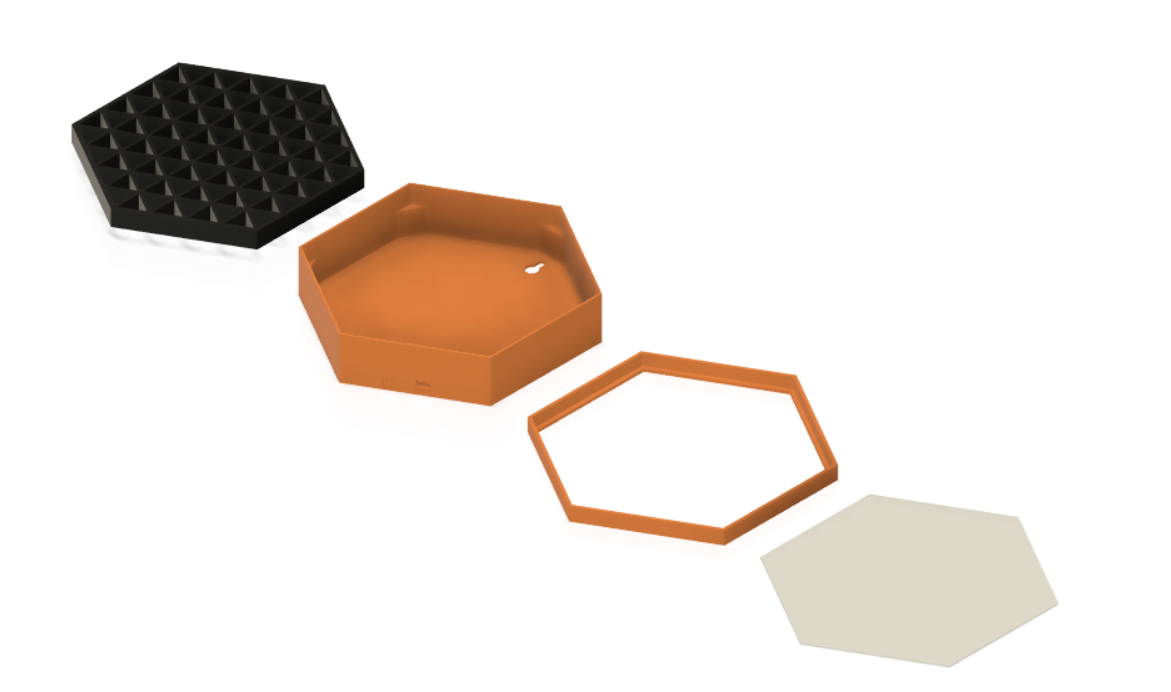
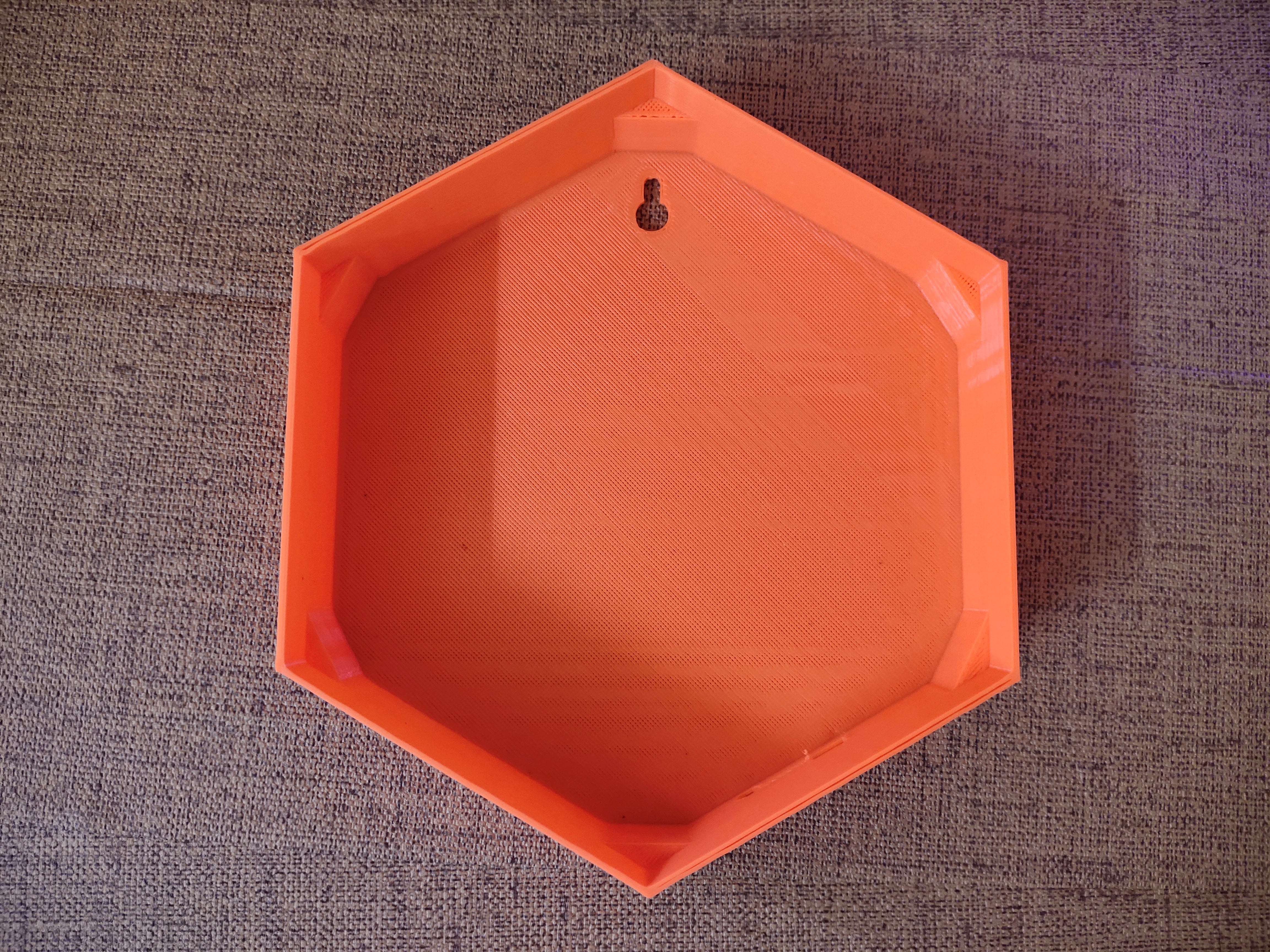
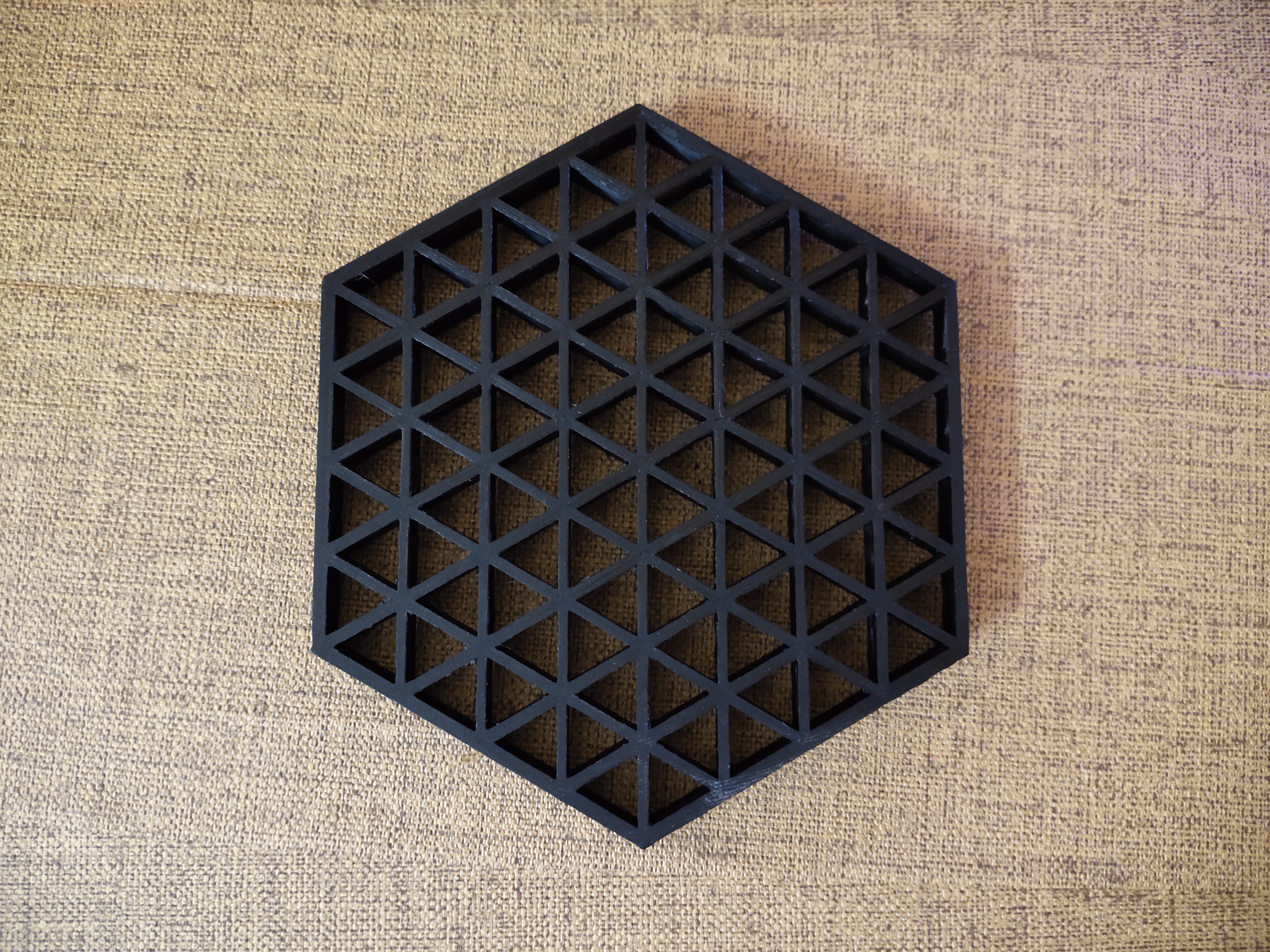
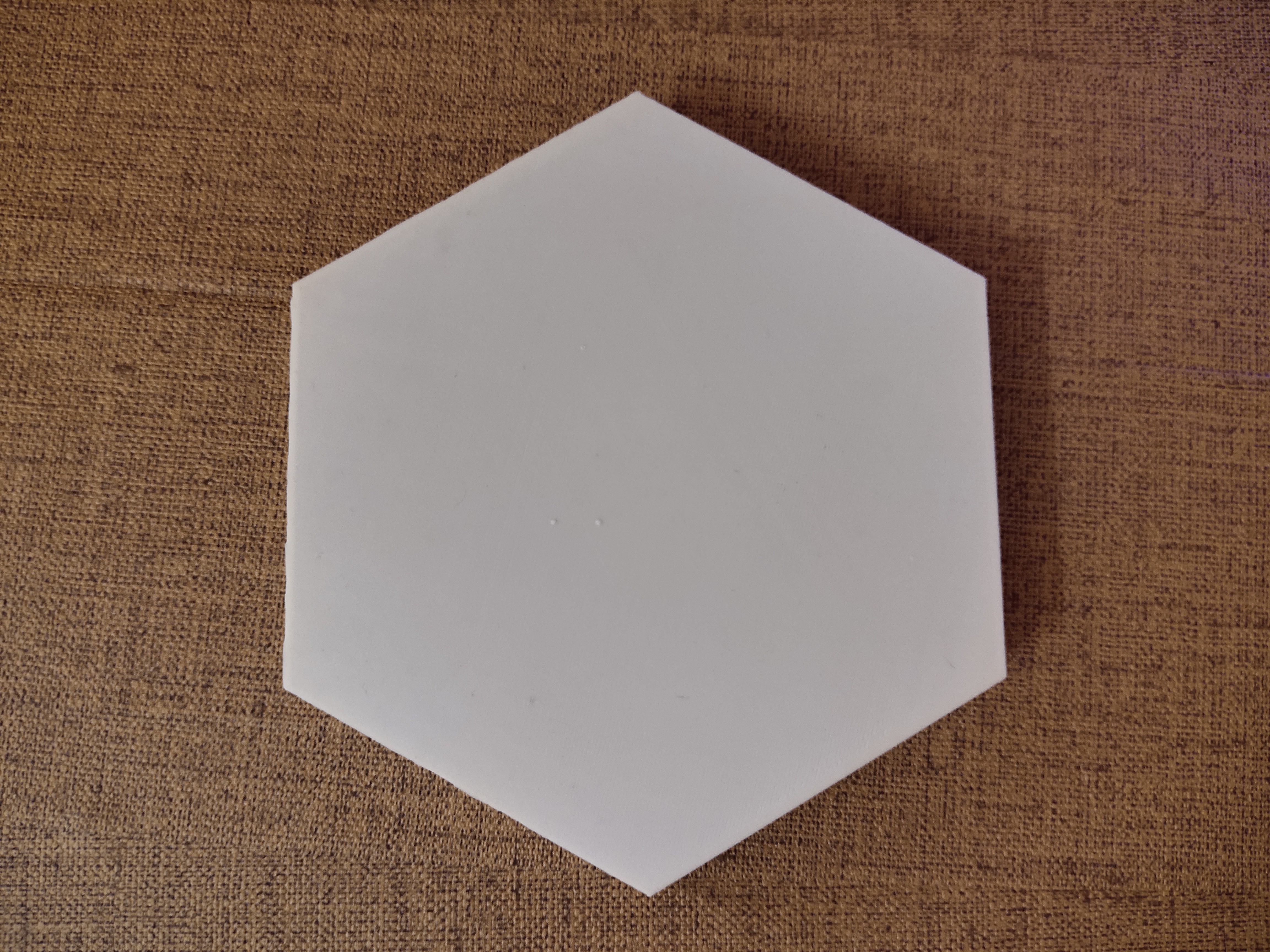
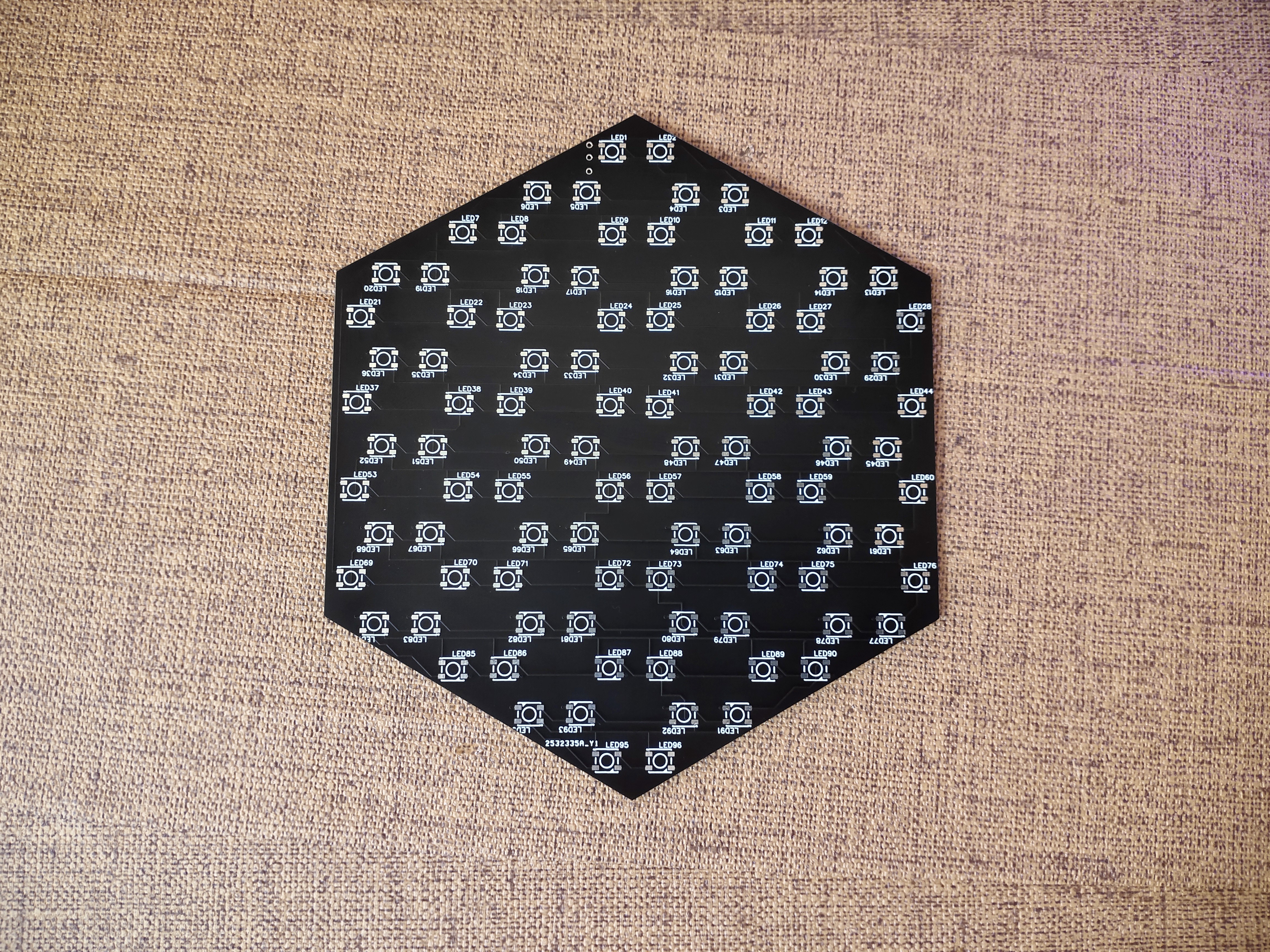
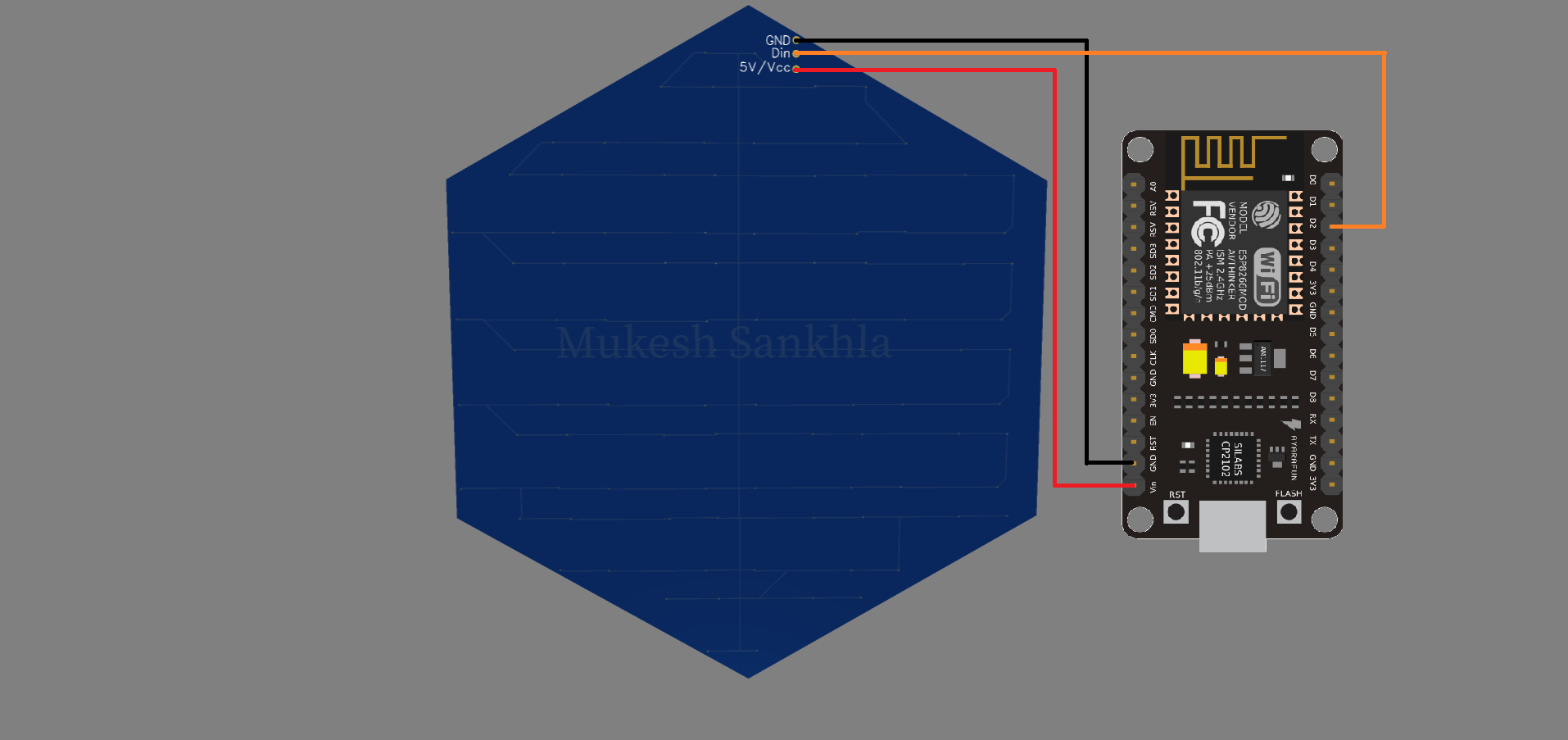
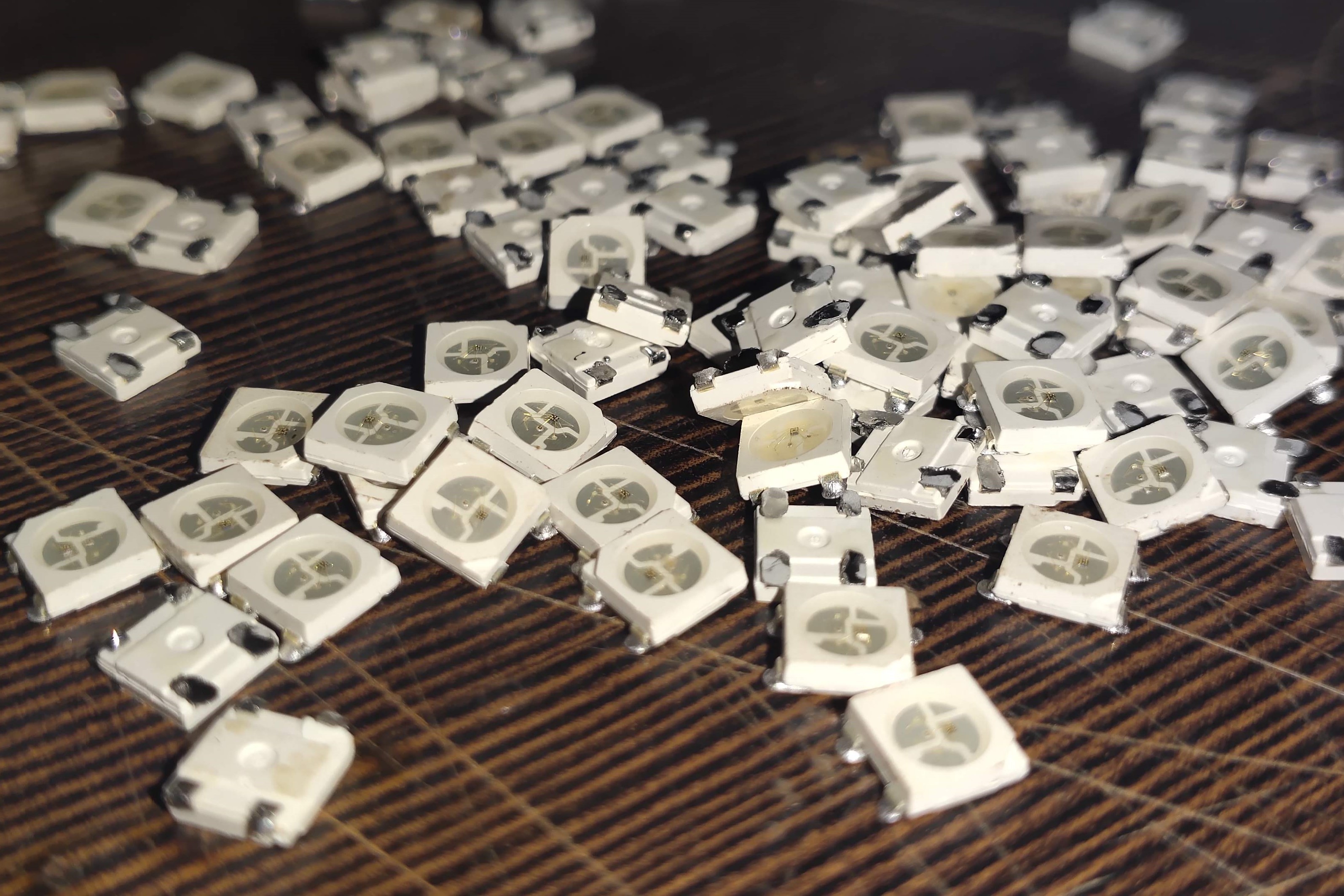

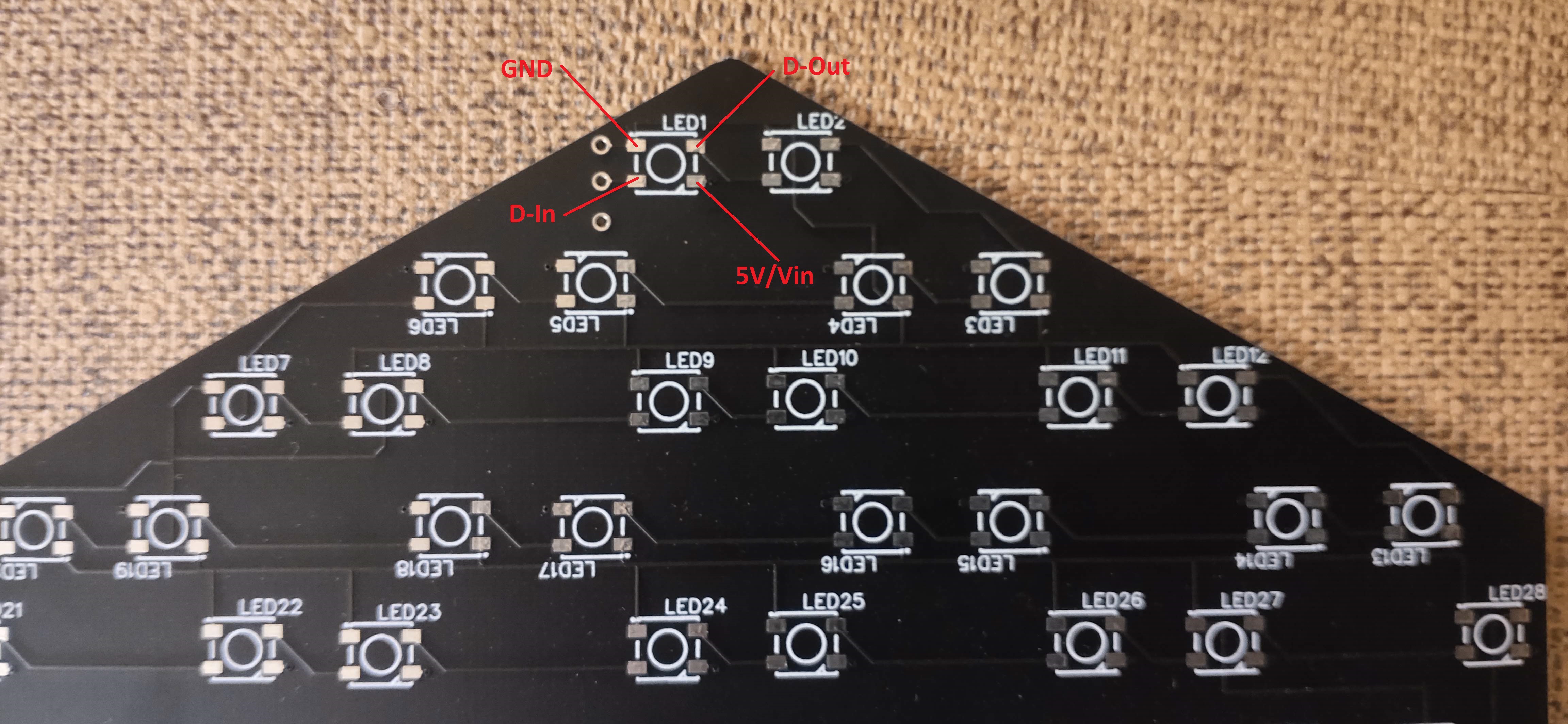
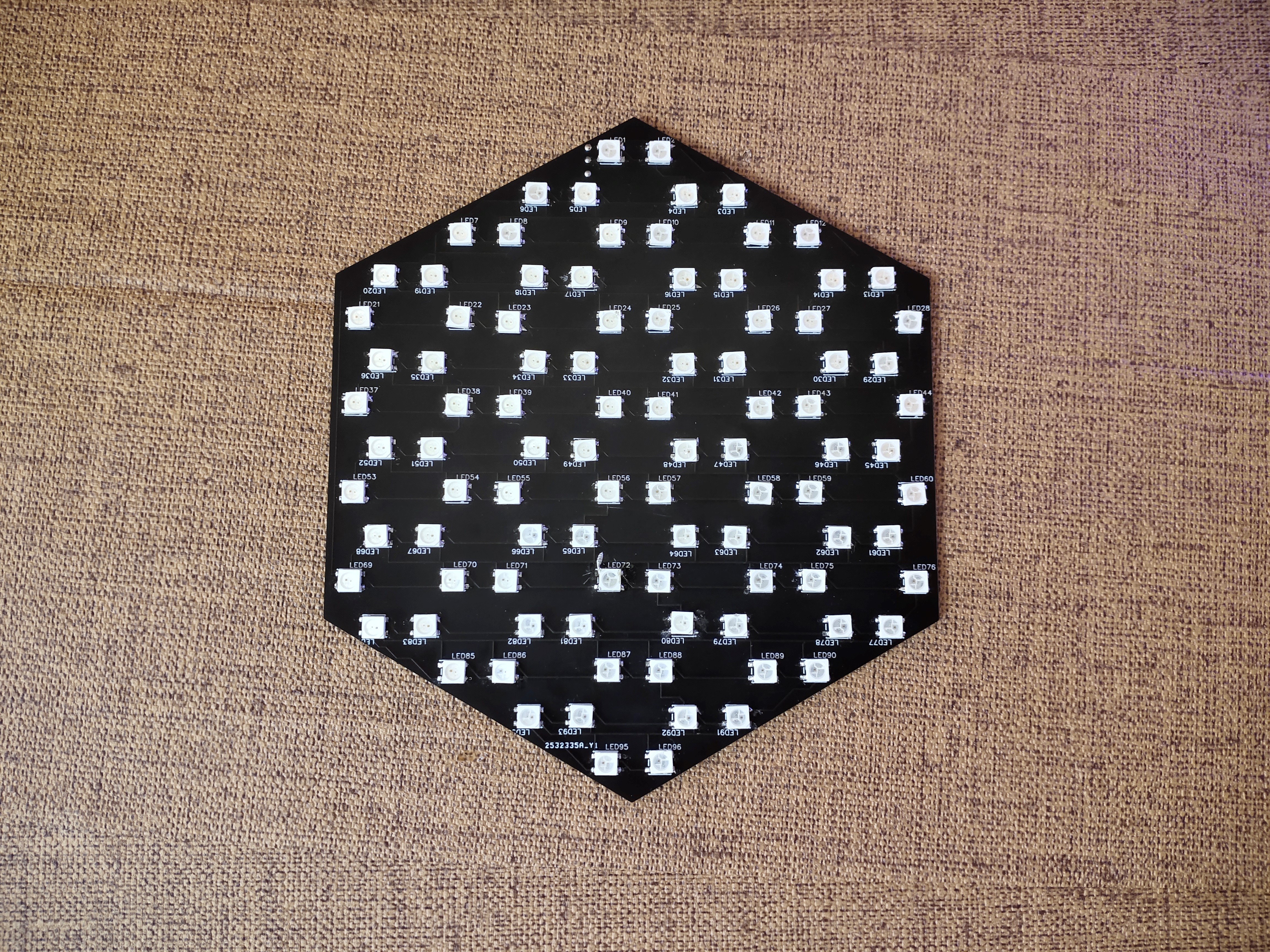
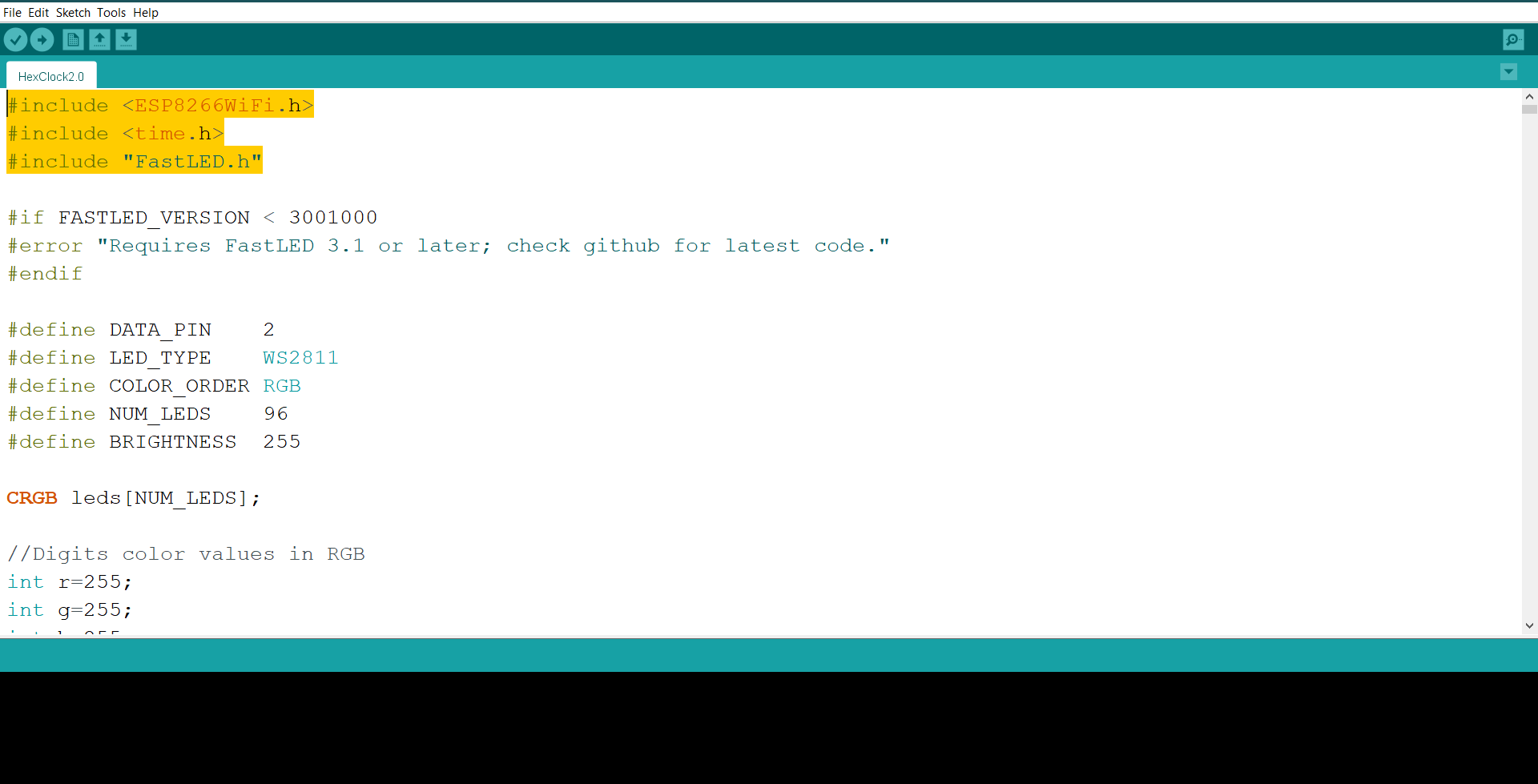

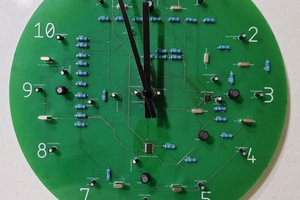
 Bharat Ramanathan
Bharat Ramanathan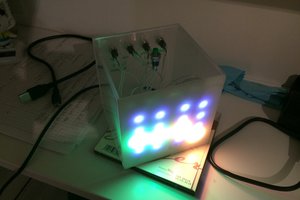
 Marcel Ochsendorf
Marcel Ochsendorf
 Erik Bosman
Erik Bosman
 Yakroo108
Yakroo108
Would it be possible to add support for a rtc? I want to bring one in to work, but I can't connect it to the wifi there due to security policies.